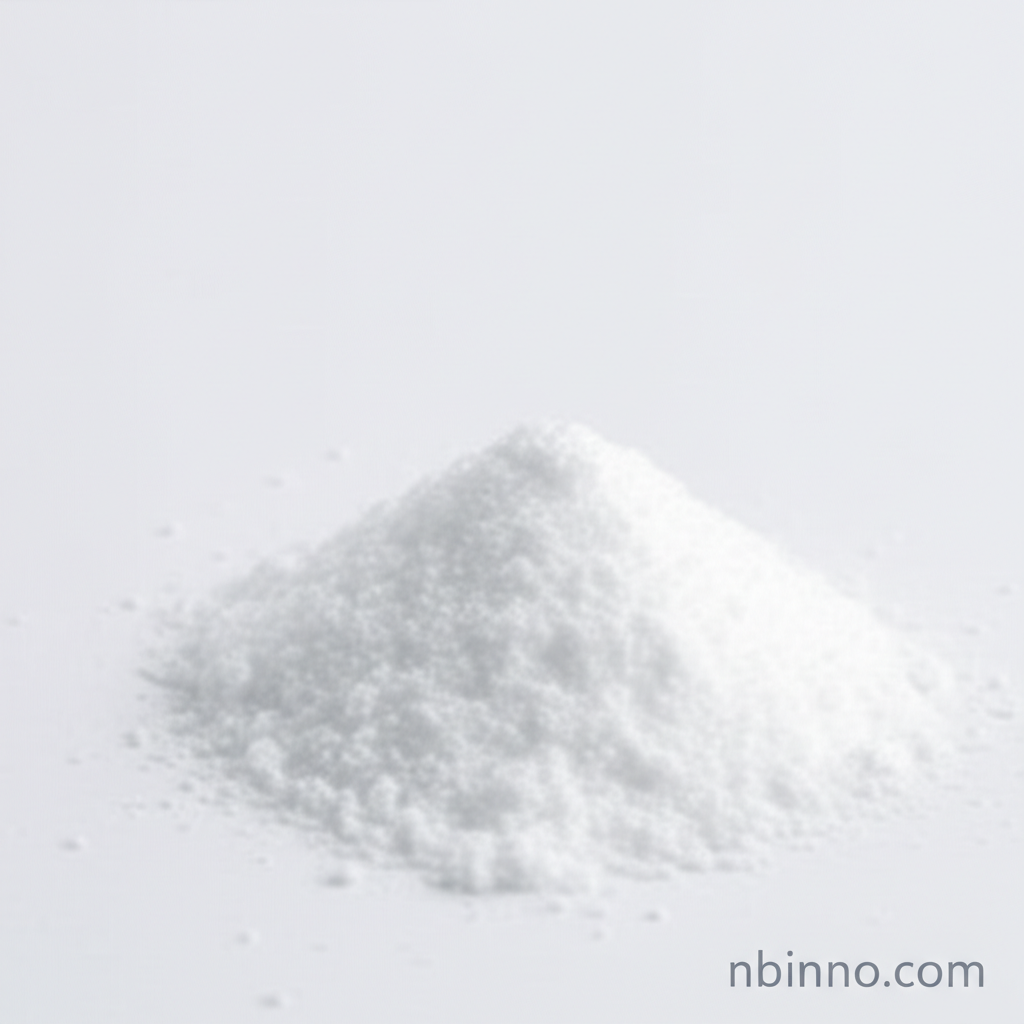(6-Aminohexyl)carbamic Acid: Properties, Synthesis, and Applications in the Chemical Industry
(6-Aminohexyl)carbamic acid (CAS 143-06-6): A versatile chemical intermediate for diverse industrial applications.
Get a Quote & SampleProduct Core Value

(6-Aminohexyl)carbamic acid
This compound serves as a valuable chemical intermediate, possessing both an amino group and a carbamic acid moiety. Its unique bifunctional nature enables participation in a wide range of chemical reactions, making it a key building block in various industrial processes.
- Explore the diverse uses of 6-aminohexylcarbamic acid in advanced organic synthesis, facilitating the creation of complex molecules with tailored properties.
- Understand the key properties of hexamethylenediamine carbamate, including its solubility and reactivity, crucial for effective application design.
- Discover the potential applications of (6-aminohexyl)carbamic acid in material science, contributing to the development of novel polymers and frameworks.
- Learn about the chemical intermediate 143-06-6 and its role in facilitating various chemical transformations.
Key Advantages
Versatile Reactivity
The presence of both amino and carbamic acid functional groups allows for a broad spectrum of chemical reactions, making it a highly adaptable building block for custom synthesis needs.
Material Science Integration
The compound's structure lends itself to incorporation into new materials, potentially enhancing properties like adhesion and biocompatibility in advanced applications.
Broad Industrial Utility
From organic synthesis to potential agrochemical and pharmaceutical intermediate uses, discover the wide-ranging industrial utility of this fine chemical.
Key Applications
Organic Synthesis
Leverage the reactive amino and carbamic acid groups for amide bond formation, esterification, and other key reactions in creating novel chemical entities.
Material Science
As a building block for polymers and Metal-Organic Frameworks (MOFs), contributing unique functionalities and structural integrity to advanced materials.
Pharmaceutical Intermediates
Explore its role as a precursor in synthesizing biologically active compounds and drug candidates.
Agrochemicals
Potential use in developing new agrochemicals due to its inherent reactivity and structural characteristics.
